Understanding Blow Moulded Plastic Parts
What are Blow Moulded Plastic Parts?
Blow moulded plastic parts are structures created through a specific manufacturing process known as blow molding, which is largely used to manufacture hollow objects. This methodology is preferred for its efficiency and cost-effectiveness when producing a variety of products ranging from household containers to automotive components. The primary mechanism of this process involves inflating a heated plastic tube, termed a parison, within a mold cavity. The outcome is a precise hollow shape that maximizes material use while minimizing waste.
Some common examples of blow moulded plastic parts include bottles, fuel tanks, and large containers, which serve diverse sectors including consumer goods, automotive, and industrial applications.
The Blow Molding Process Explained
The blow molding process entails a series of intricate yet streamlined steps designed to shape molten plastic into hollow forms. It generally consists of the following stages:
- Preparation of the Parison: Initially, thermoplastic granules are heated in a barrel to form a pliable parison. This is done in a machine which melts the plastic and extrudes it into a tubular shape.
- Inserting into the Mold: The parison is then guided into a mold. Once correctly situated, the mold closes around the parison.
- Inflation: Compressed air is injected into the mold, causing the parison to inflate and conform to the interior shape of the mold.
- Cooling: The hot plastic is cooled while still within the mold, allowing it to solidify in the desired shape.
- Ejection: Finally, the mold opens and the formed part is ejected, completing the process.
Applications Across Various Industries
Blow moulded plastic parts find applications across numerous industries. Here are a few noteworthy examples:
- Packaging Industry: Plastic bottles, containers, and jars are ubiquitous in the food, beverage, and pharmaceutical sectors.
- Automotive Sector: They manufacture parts such as fuel tanks and dashboards, which require lightweight and durable components.
- Consumer Products: Toys, household goods like storage bins, and healthcare equipment also utilize blow molded parts.
Advantages of Using Blow Moulded Plastic Parts
Cost-Effectiveness in Production
One of the leading advantages of blow molding lies in its ability to produce high volumes of parts efficiently. The process is primarily automated, reducing labor costs and production time significantly. Furthermore, the reduced material waste, as the process allows precise control over the amount of plastic used, contributes to lowering the overall production costs.
Design Flexibility and Innovation
Blow molding also offers remarkable design flexibility. Manufacturers can create complex shapes and sizes suitable for a variety of products. Customization opportunities are extensive, allowing companies to incorporate unique design elements that cater to specific market demands or branding strategies.
Durability and Sustainability Concerns
Manufactured blow molded plastic parts are typically robust and designed to resist wear and impact. This durability ensures that products last longer, contributing to a reduction in waste. Additionally, many manufacturers are now embracing sustainable practices by utilizing recyclable thermoplastics, which can be reprocessed and reused, creating a more sustainable lifecycle for plastic products.
Types of Blow Molding Techniques
Extrusion Blow Molding
Extrusion blow molding (EBM) is one of the most widely employed methods, ideal for manufacturing hollow objects like bottles. The process begins with a continuous extrusion of plastic to form a parison, which is then inflated to fill the mold. EBM is particularly advantageous for high-volume production and larger parts.
Injection Blow Molding
Injection blow molding (IBM) combines injection molding and blow molding techniques. Initially, preforms are injection molded, which are then placed in the blow mold. This technique is ideal for creating precision parts with a higher degree of accuracy, making it a popular choice for items like threaded bottles and complex shapes.
Stretch Blow Molding
Stretch blow molding is a variation particularly useful for producing bottles that require enhanced strength and clarity. The process involves stretching the parison while inflating, which aligns the polymer molecules and increases the strength of the final product. This method is commonly used in the production of PET bottles for beverages.
Choosing the Right Manufacturer for Blow Moulded Parts
Factors to Consider When Selecting a Supplier
Selecting a suitable manufacturer for blow moulded parts is crucial for ensuring product quality and performance. Here are some key factors:
- Experience and Expertise: Look for manufacturers with a proven track record in the industry.
- Production Capabilities: Evaluate the technologies and machinery available to ensure they can meet your specific needs.
- Material Options: Consider suppliers that offer a range of materials, including sustainable options.
Quality Assurance and Certifications
Quality control is paramount in manufacturing. Ensure that your selected supplier adheres to industry standards and possesses relevant certifications. This can include ISO certifications or adherence to specific material safety standards, which indicate a commitment to producing high-quality products.
Customer Testimonials and Case Studies
Investigating customer testimonials and case studies can provide insights into the manufacturer’s reliability and product performance. Look for case studies that demonstrate successful projects and satisfied clients to gauge the manufacturer’s capabilities and reputation in the market.
Future Trends in Blow Moulded Plastic Parts
Impact of Technology on Blow Molding
The future of blow molding is intertwined with technological advancements. Automation and robotics are progressively being integrated into the production process, enhancing efficiency and reducing errors. Innovations such as 3D printing may allow for better design prototypes and faster development cycles.
Sustainability in Plastic Manufacturing
As environmental concerns escalate, sustainability practices are increasingly becoming a focal point in plastic manufacturing. Manufacturers are adopting eco-friendly materials, reducing emissions during production, and employing recycling practices that align with global sustainability goals.
Predictions for Industry Evolution
The blow molding industry is projected to continue evolving with a focus on innovative materials and sustainable practices. Customization will remain a critical demand, with manufacturers evolving to meet the diverse needs of consumers and industries alike. The emphasis on reducing carbon footprints and improving recyclability will drive the sector towards more sustainable production methodologies.
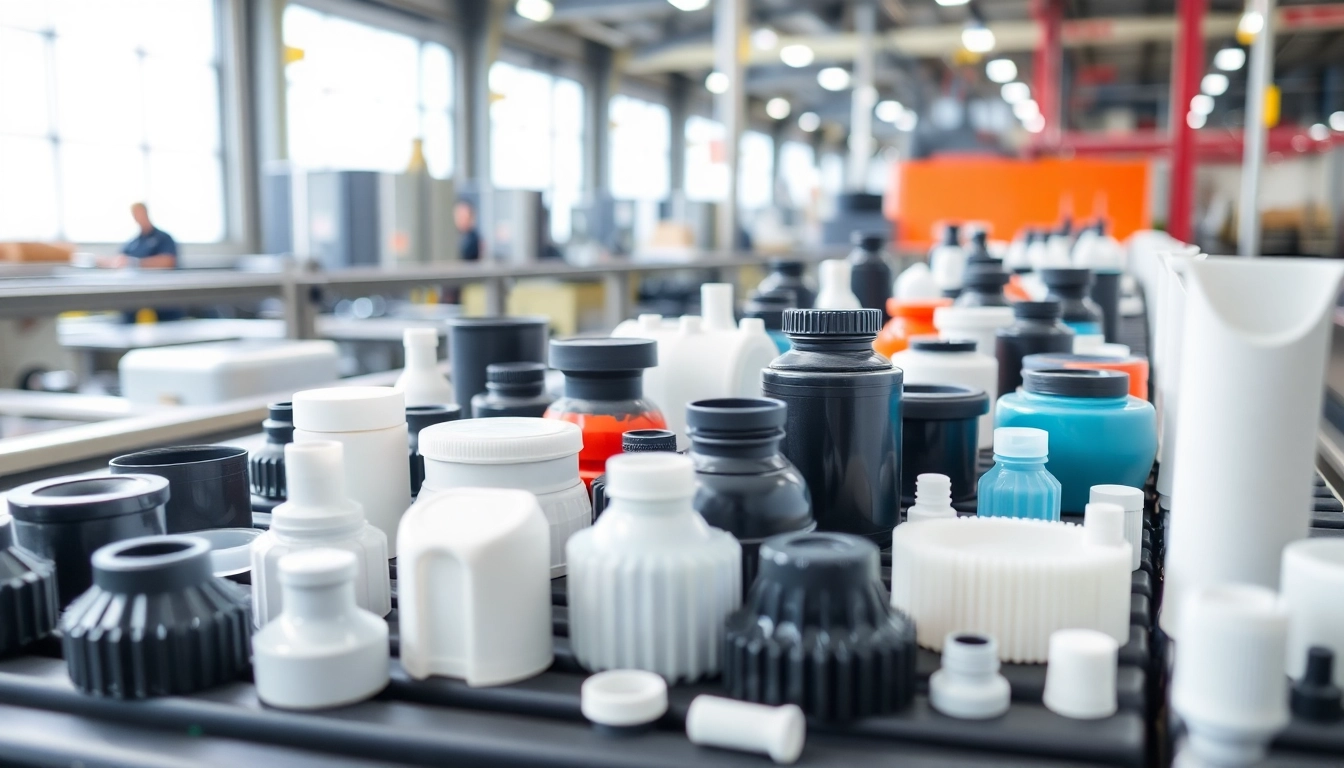
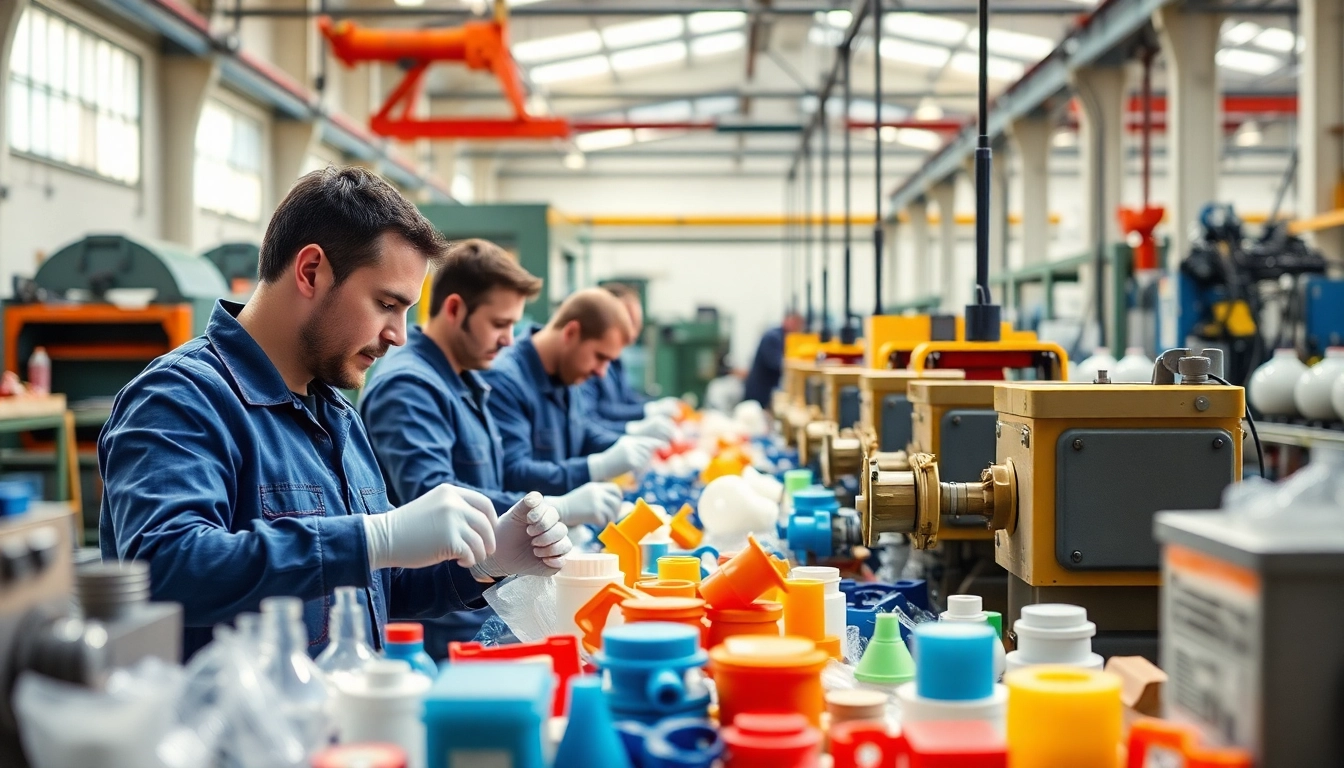
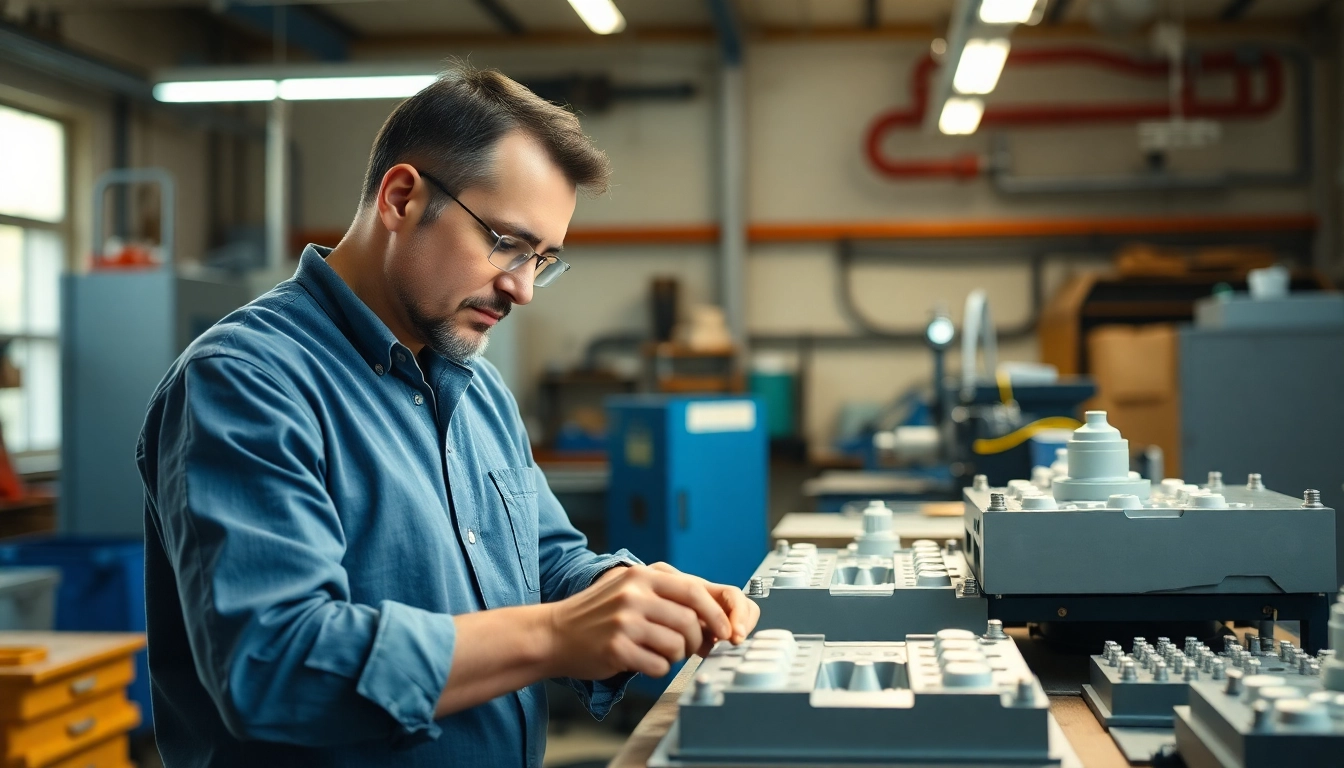
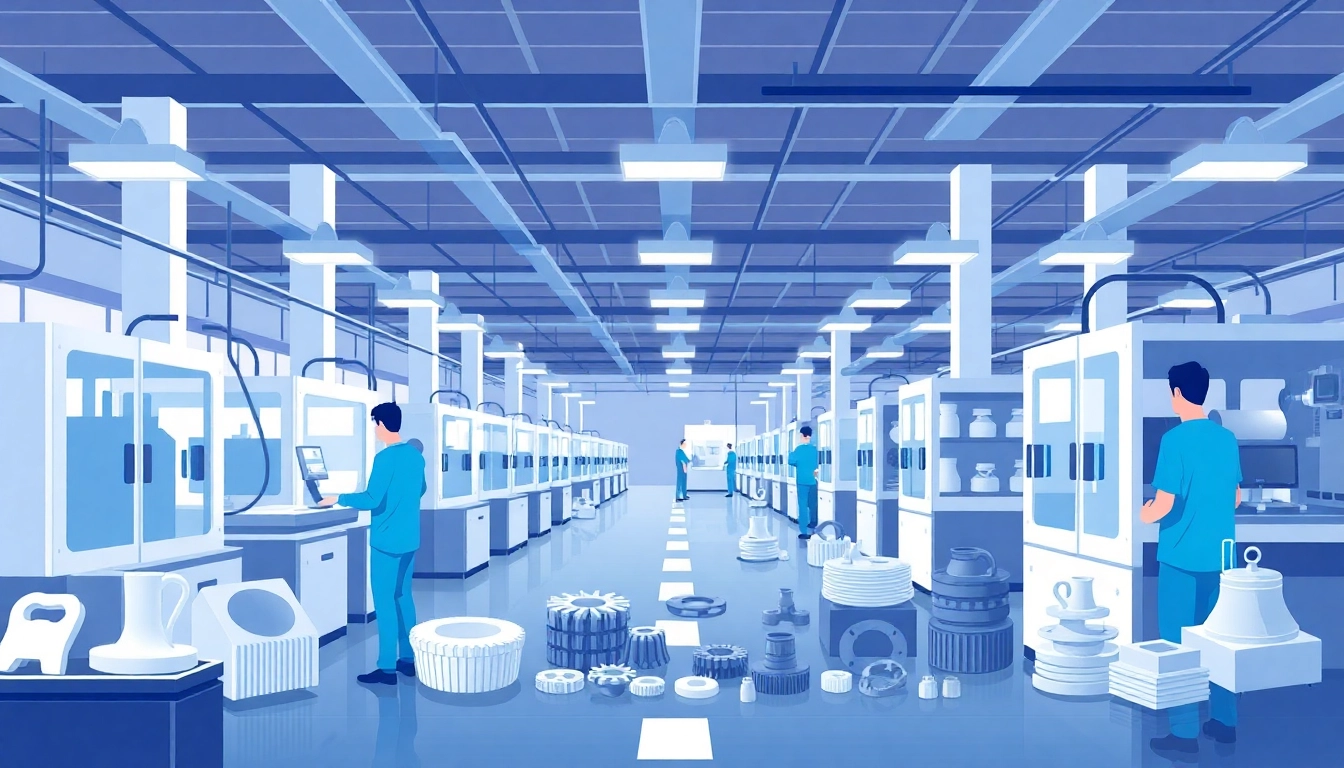
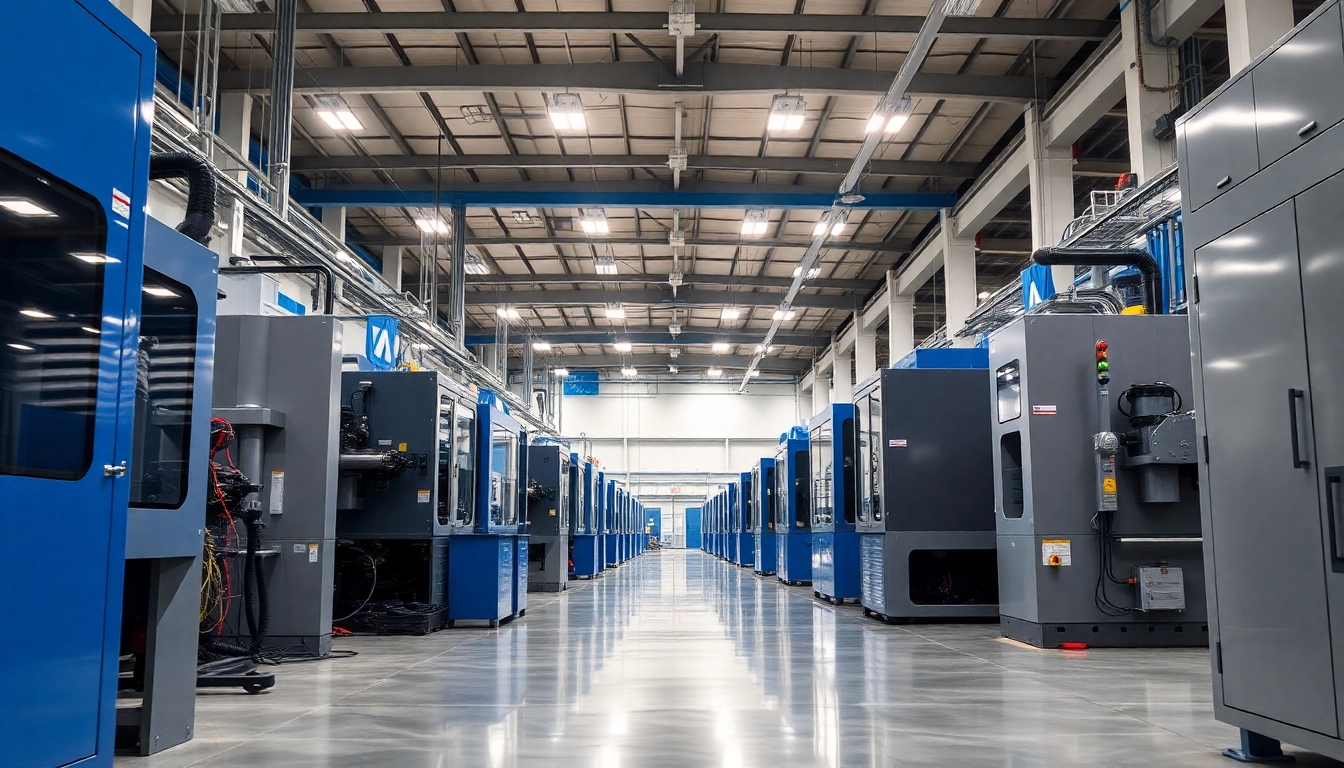
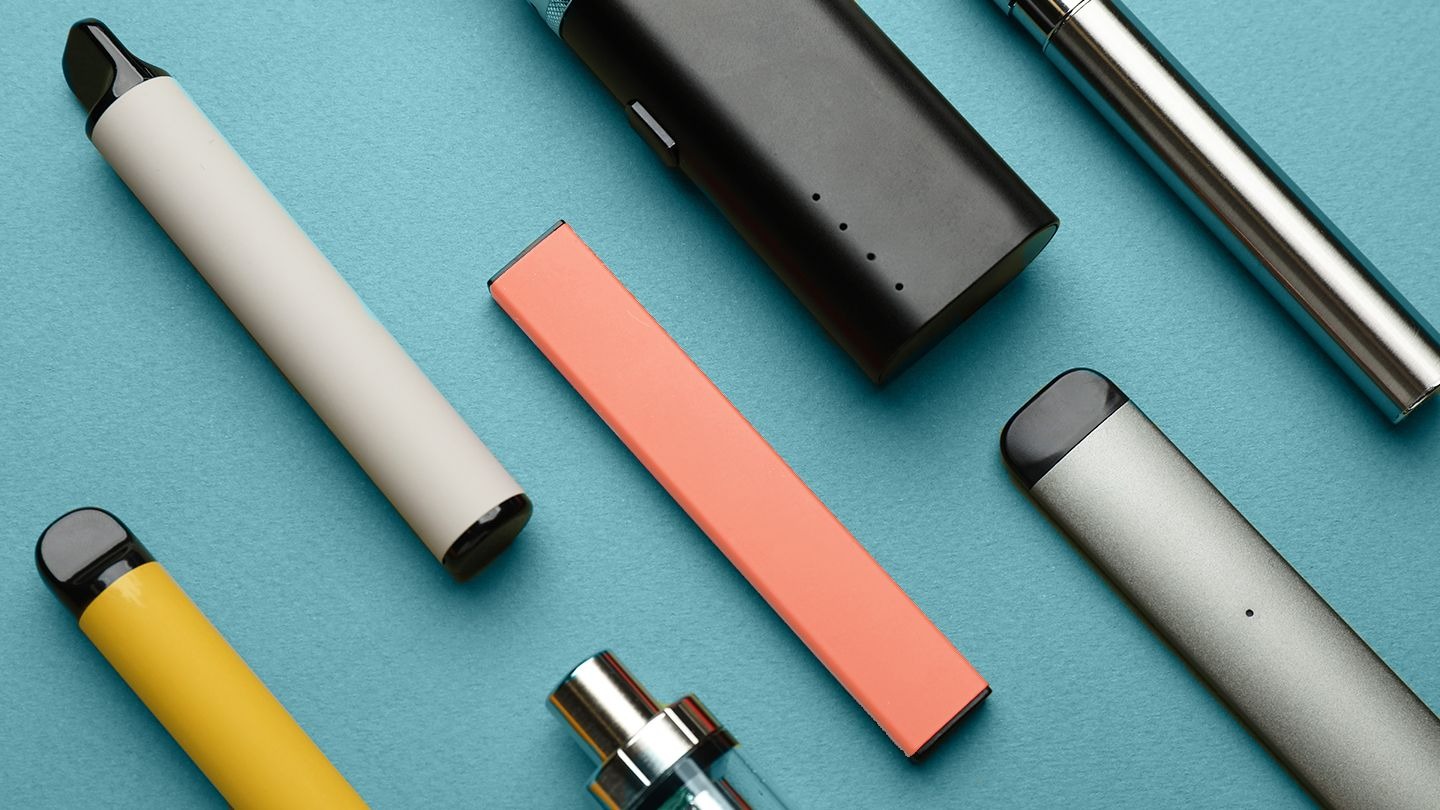



Leave a Reply